The Nizwa Livestock Souq
Getting to the Fort in the Desert
Following the suit of mega-rich cities like Dubai, Arab nomads have gradually abandoned their century-old traditions for modern luxurious amenities. Even the last camel market in Al Ain has been plagued with money hungry herders looking to exploit tourists for the privilege of looking at their livestock. The only two places left in the Middle East where the local population truly embody the traditional Gulf lifestyle is in Yemen and Oman. Sadly, Yemen has been ravaged by years of war and political instability, leaving the country largely inaccessible. Oman, however, has made monumental steps in modernizing the country both economically and socially. With these changes, Oman has become the ideal destination to see real nomadic culture in practice. There is no better place to see Bedouin culture come to life than at the Friday Nizwa Livestock Market.
From Muscat, you will need to first go to the Mwasalat Bus Station Ruwi. Services to or passing by Nizwa leave at 8:00 am and 2:30 pm, taking about 2.5 hours and costing around 1.9 Omani Rial (5 USD). The modern city of Nizwa is long and narrow, following along the banks of the river which flows through the town. Even though you have been technically dropped off in Nizwa, the old city is still roughly 9 km away from the bus station. Accommodation is also fairly expensive, as is the case with most Gulf states. After paying nearly 40 euros for a room, you will still have to find a shared taxi to get into town due to the fact that there are hardly any hotels located in the old city.
For more information about getting to Nizwa click here!
Arriving at the Friday Market
Historically, Nizwa played a vital role in Islamic teaching in the region as well as being a strategic stronghold located in the middle of the desert. As traditions have died out in neighboring Arab countries, Nizwa still stands as an oasis of local culture and customs. Every Friday the Nizwa Souq holds its weekly livestock market where farmers from around the country flock to the city bringing with them their cattle, goats, and camels. The souq is especially lively during Eid celebrations where locals will rush to the market to buy goats to sacrifice for the holiday. In order to not miss out on the commotion of the market be sure to arrive early, by 9:30 am the market will have already begun to empty as the sun starts to bear down on the clay city below.
A Look At Traditional Nomadic Arab Life
The actual animals being paraded around and sold are a small part of what the Nizwa Livestock Market is all about. Other than the buying and selling of animals, it is an event which has withstood the test of time for centuries. Even with all the modern changes which have taken place in Oman, this is a weekly event which showcases the roots of their traditional culture. For tourists, it is one of the few times you can see such a large group of people wearing Oman’s national dress. The men can be found sporting smart looking dishdashas and kufis or mussars. The women are usually dressed in their long black robes and wearing elegant battoulahs. The masks (battoulahs) the women wear are particularly special due to the fact that nowadays they can only be found in Oman and Southern Iran. In many ways, tourists may find the Nizwa Souq to be less of a livestock market and more of a traditional Omani fashion show.
For a closer look at Omani traditional clothing click here!
The Livestock Market
In the early morning at around 6:30 am the animals begin to be paraded around a ring on the southernmost edge of the souq. Groups of men all dressed in their best clothes are lined up around the circle or massed in the center. The shepherds then lead their animals along the small arena, as the customers meticulously inspect each goat and cow. Ocassionaly a bidding war may ensue, pitting locals against each other to get the best price for the creature. While in the market it is easy to imagine that you have stepped back in time are witnessing herdsmen and nomadic traders all converging on this desert oasis village to do business. After the goats are all sold followed by the cattle, the market begins to empty as the customers load their animals and drive home to escape the mid-day heat.
A Glimpse At True Gulf Culture
One of the less advertised parts of the Friday market, but just as captivating is the rifle and khanjar (Omani knife) sellers who set up shop just in front of the fort. Old men casually glance over the antique guns before picking them up to give the weapon a closer inspection. Glistening knives are pulled out of their elaborately decorated silver sheaths as they are being perused by potential costumers. These khanjars and rifles are not used for any violent purpose, the knives are more of an accessory as one would wear a watch on their wrist. The guns are also no more than a status symbol commonly used to decoarte Omani homes. All the guns and knives are neatly laid out in rows in front of the entrance to the souq, ensuring to catch the eyes of men always looking to grow their collection.
You can read more about khanjars in Oman here!
Come noon, the entire souq will be devoid of life other than some wandering tourists and a few straggelers who have yet to make it indoors. During the summer months, most locals spend the scorching hot days inside, only emerging well after the sun has set. This poses a problem for most tourists who wish to explore the city and get a feel for local culture. Fortunately the Friday animal souq does just that, reflecting an age-old tradition which has been handed down for generations. The Nizwa Livestock Market is one of the isolated chances both local and foreign tourists have at seeing what life was like centuries ago in the unforgiving deserts of the Middle East. No matter how much time has passed or how many skyscrapers emerge from the sands of the gulf, the Nizwa souq will always be a place which has preserved a precious moment in the history of Oman.

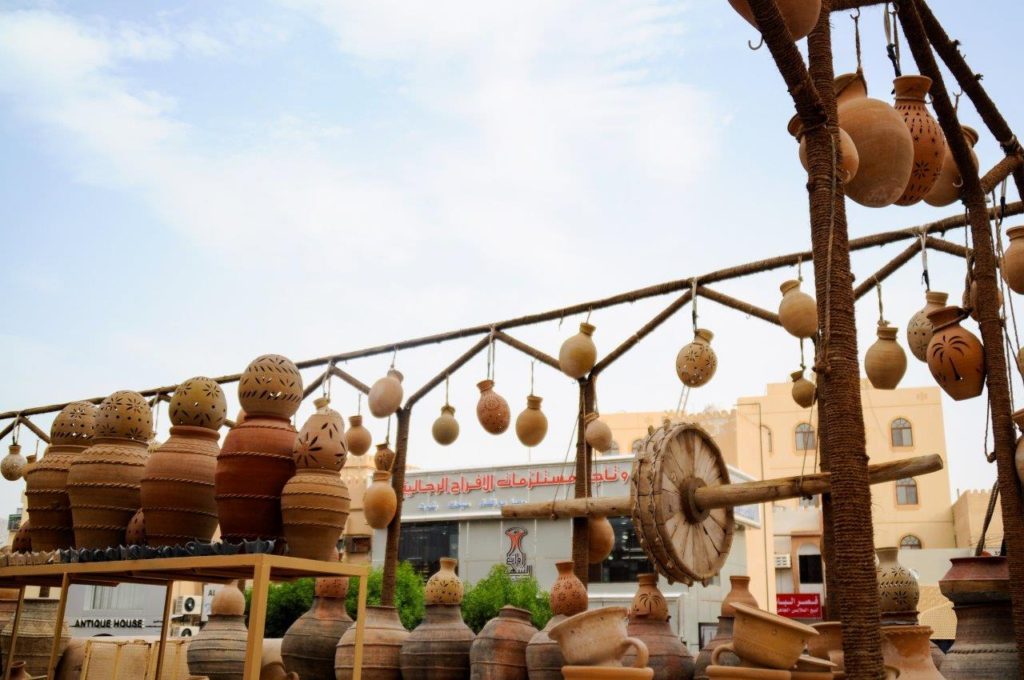
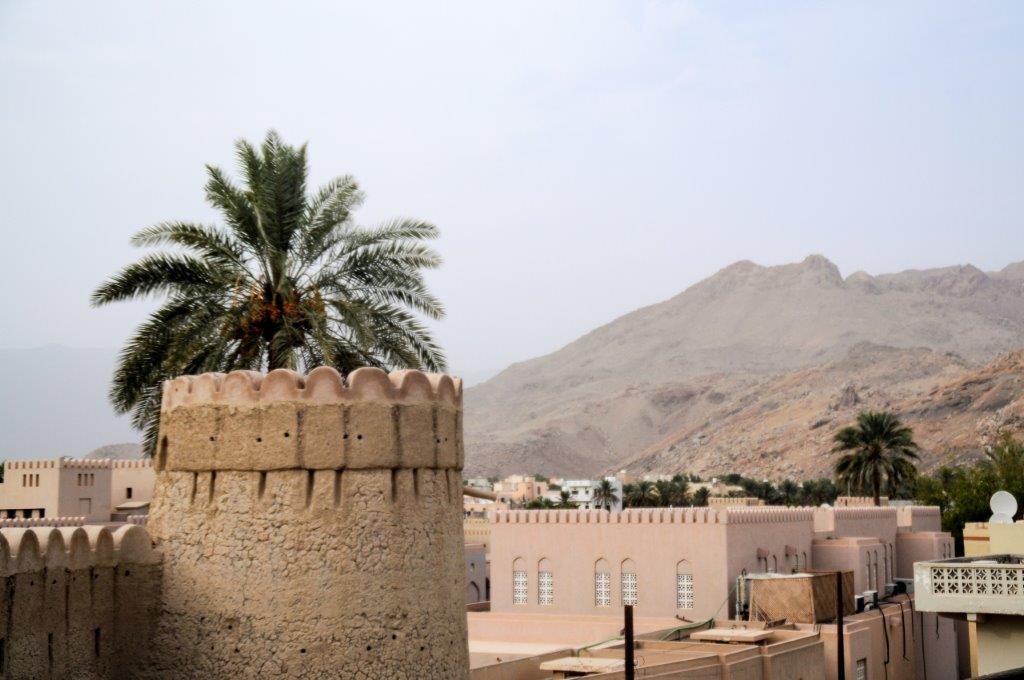
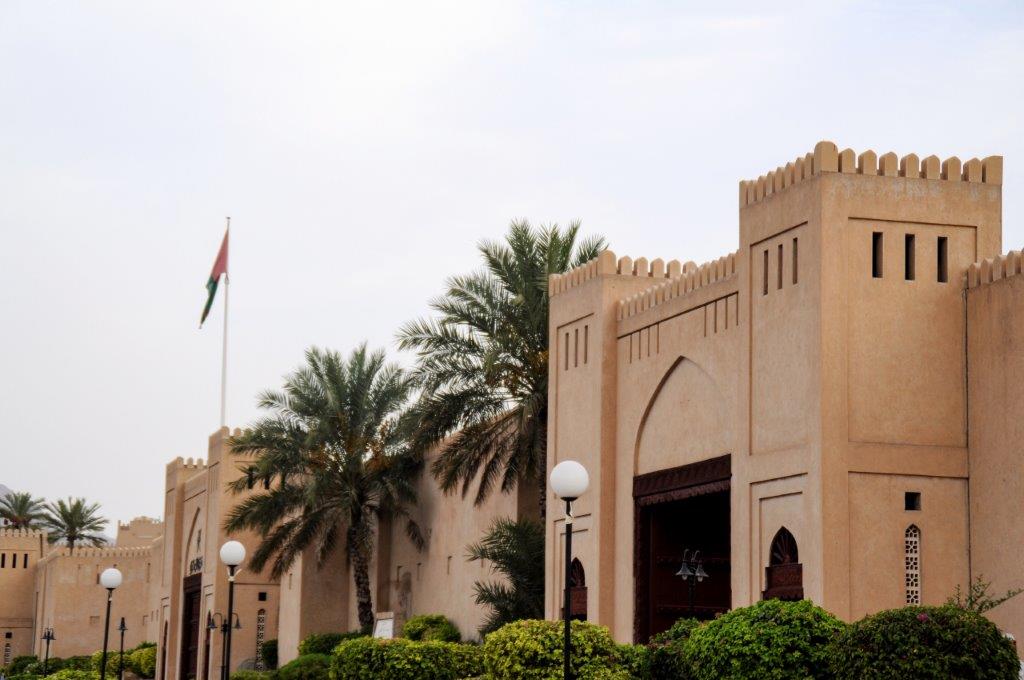
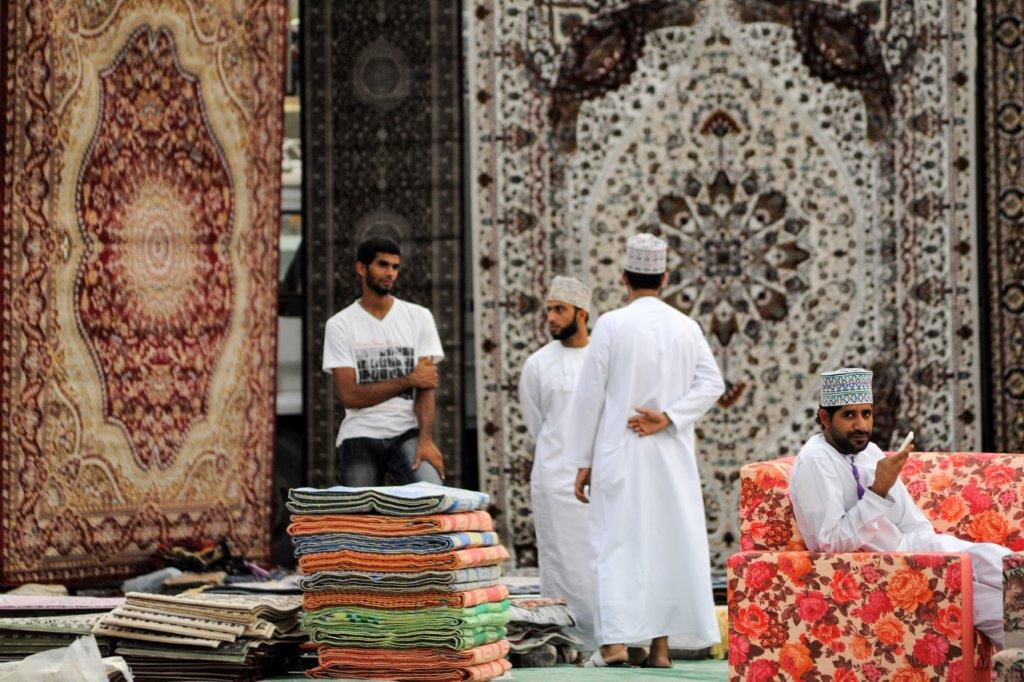
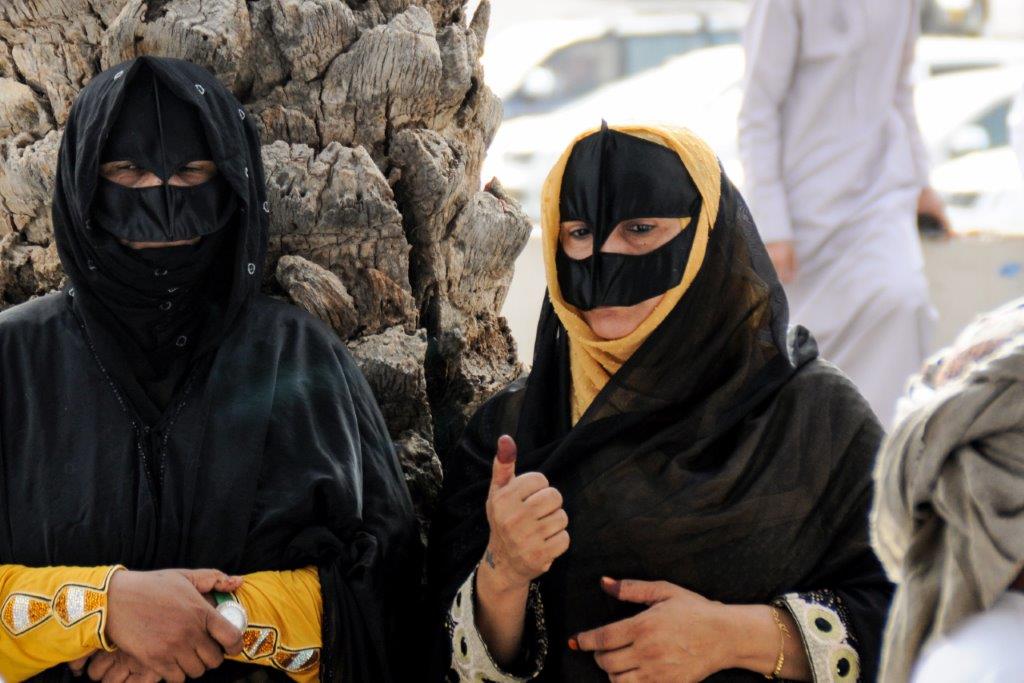
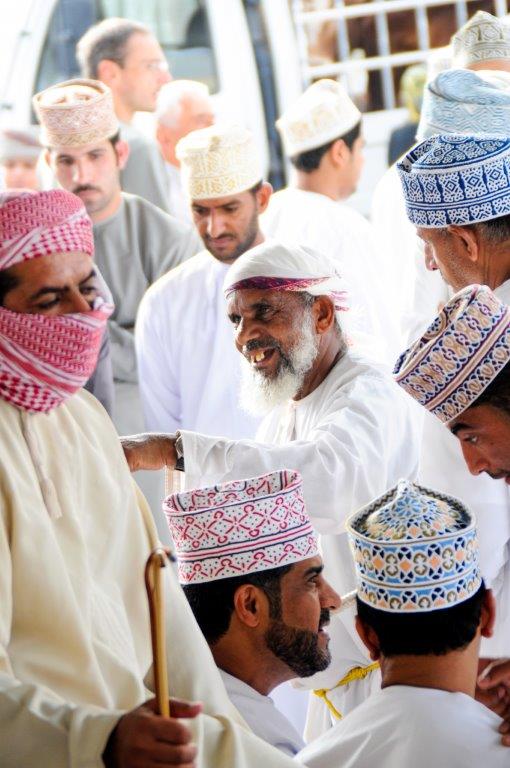
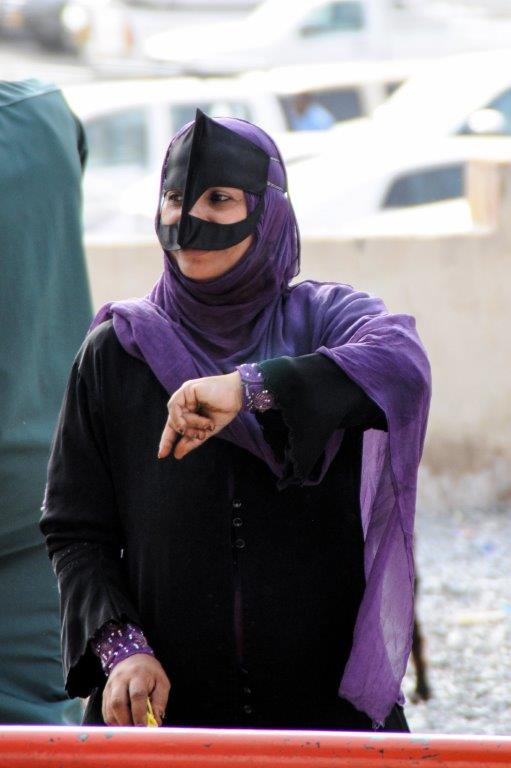
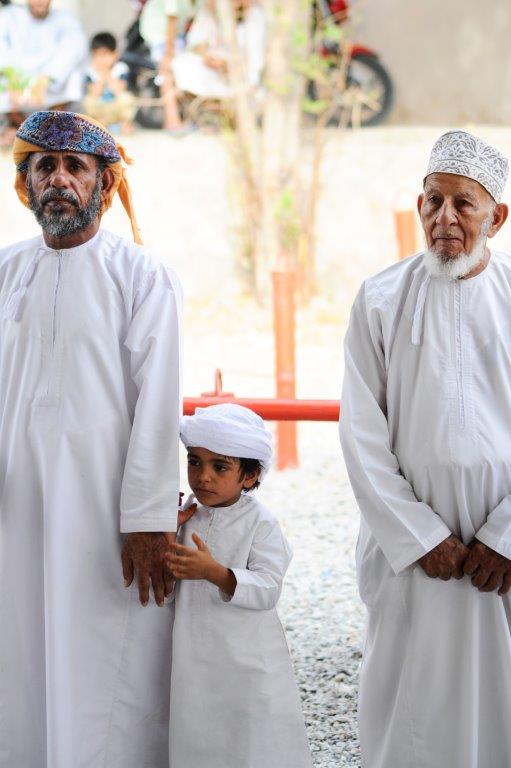
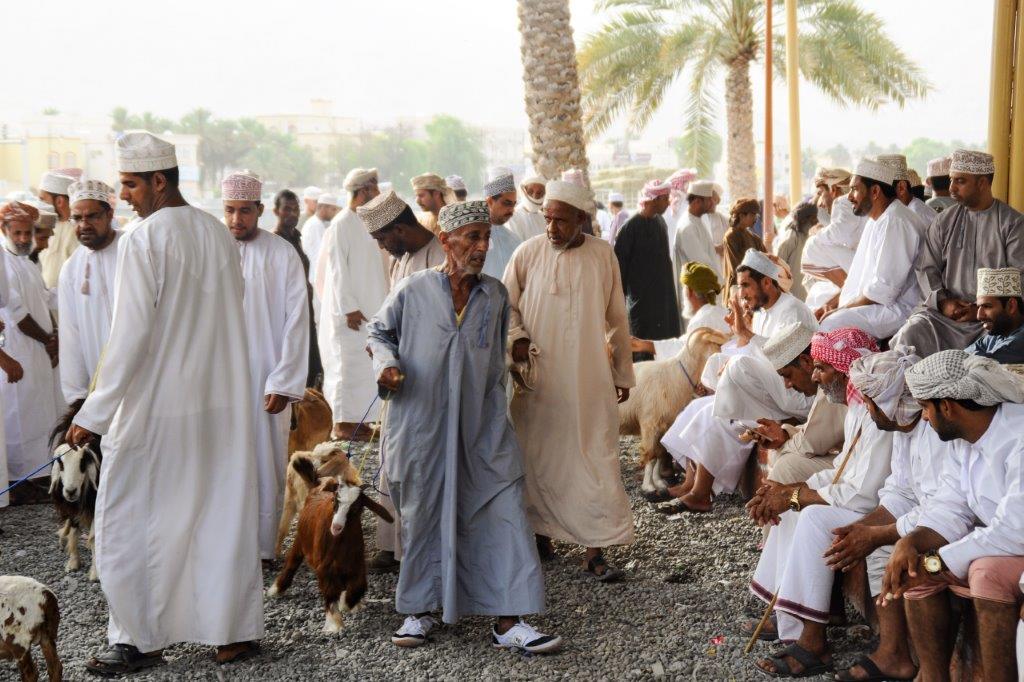
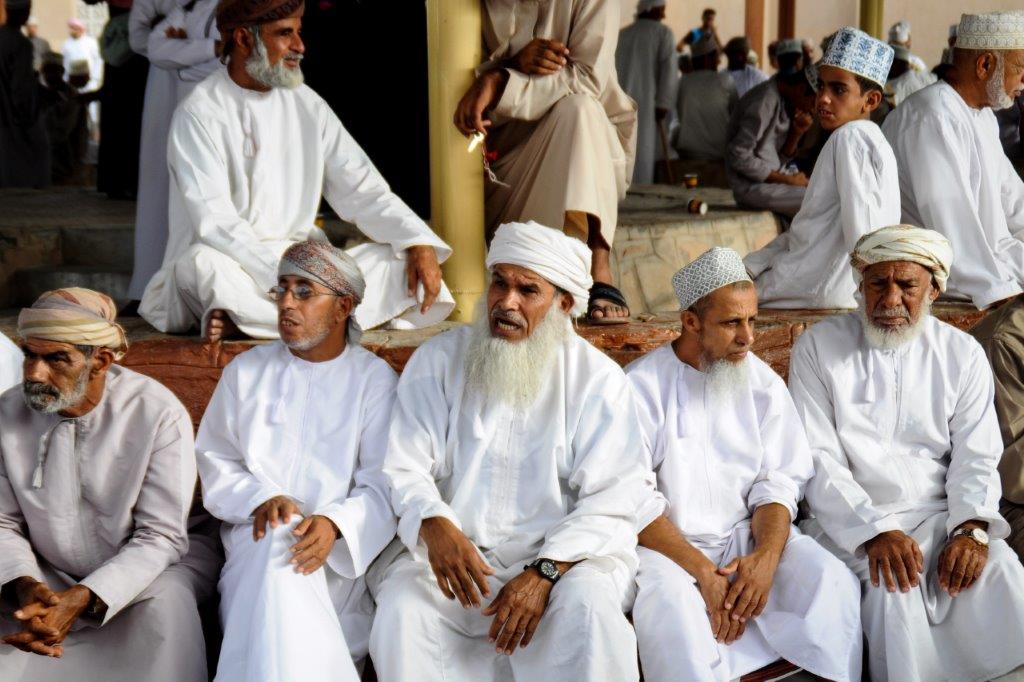
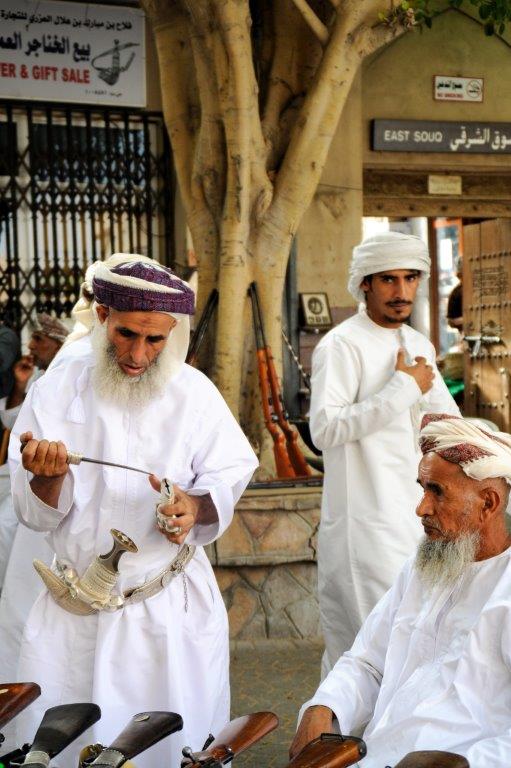
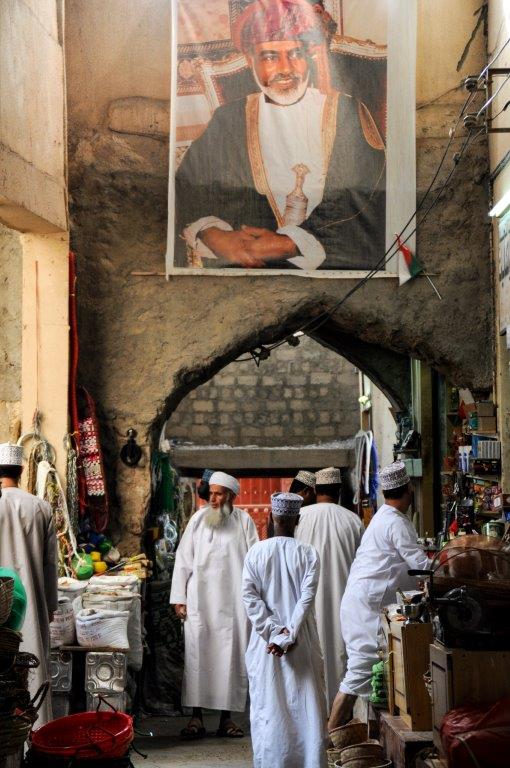
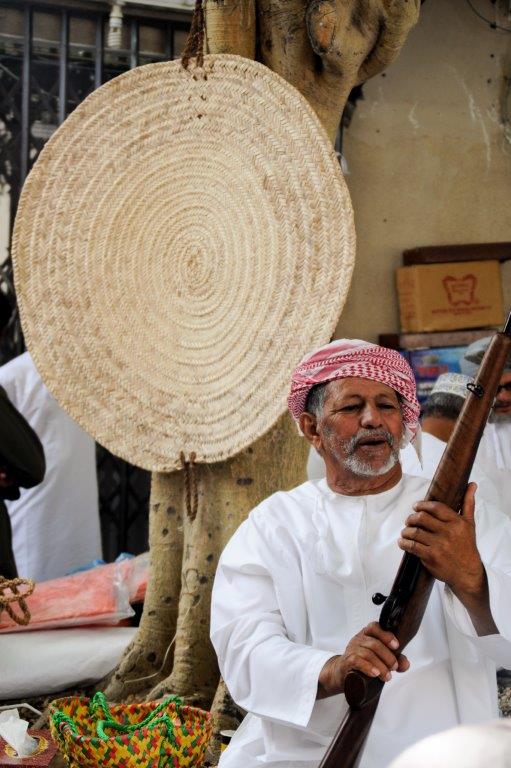
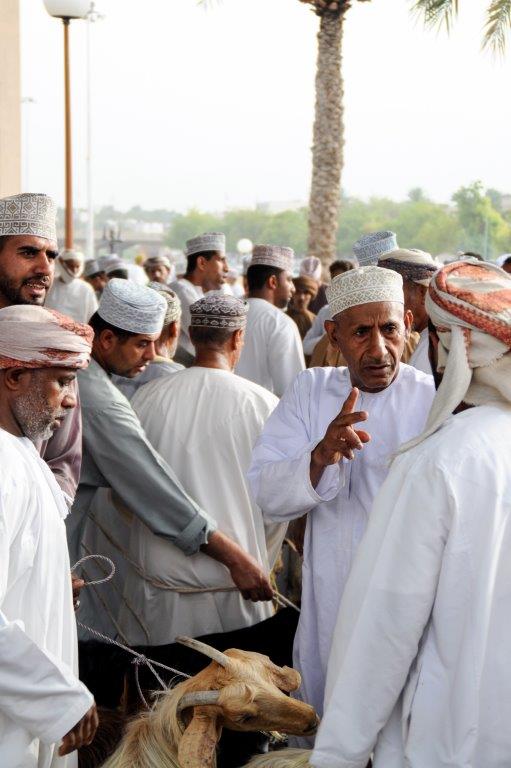
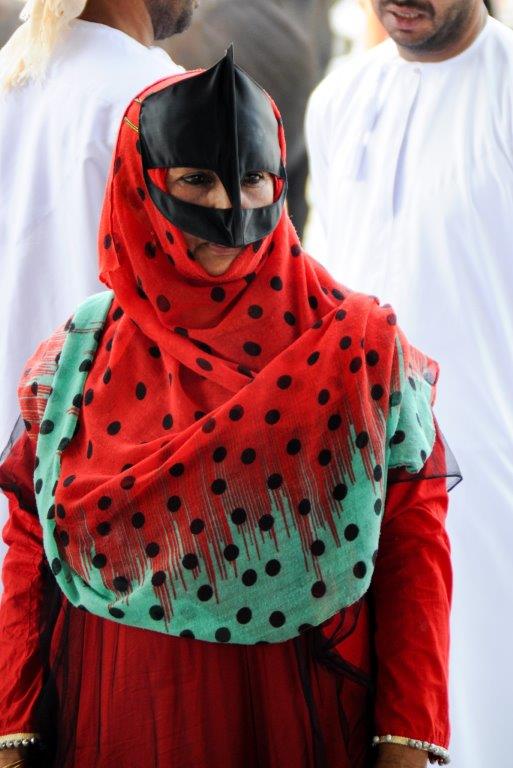
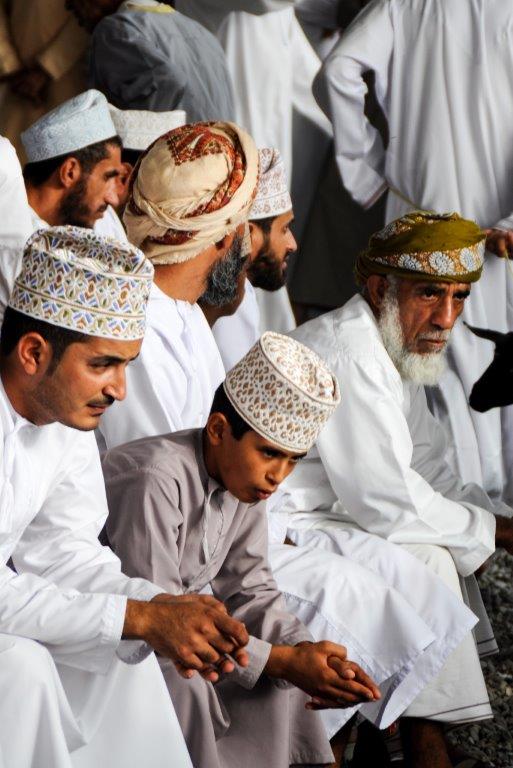
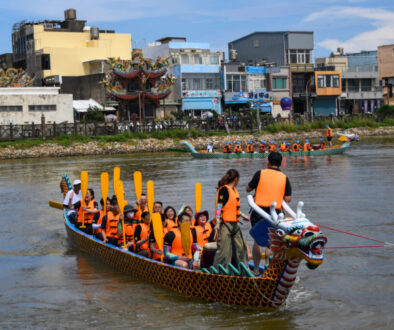
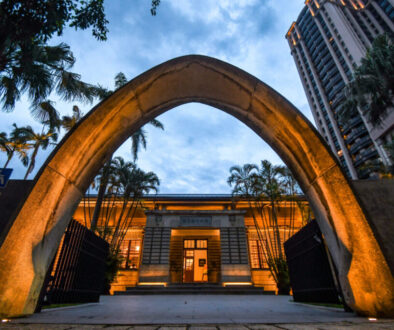
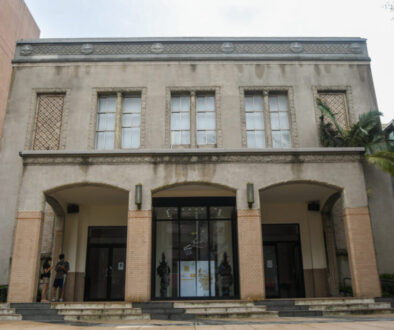


A Guide to the Best Things to do in Nizwa, Oman - Travel Tramp
October 15, 2018 @ 9:13 pm
[…] to farmers, herders and animals from across the region. Locals descend on the city for the weekly Nizwa Livestock Market, which is a lively, busy and chaotic place to visit. Animals are auctioned off, and this is a […]